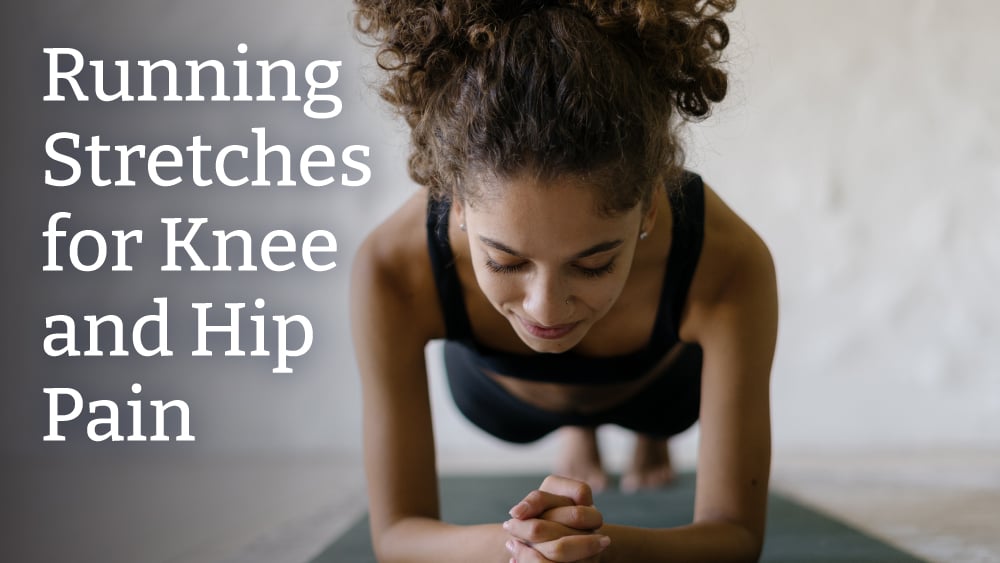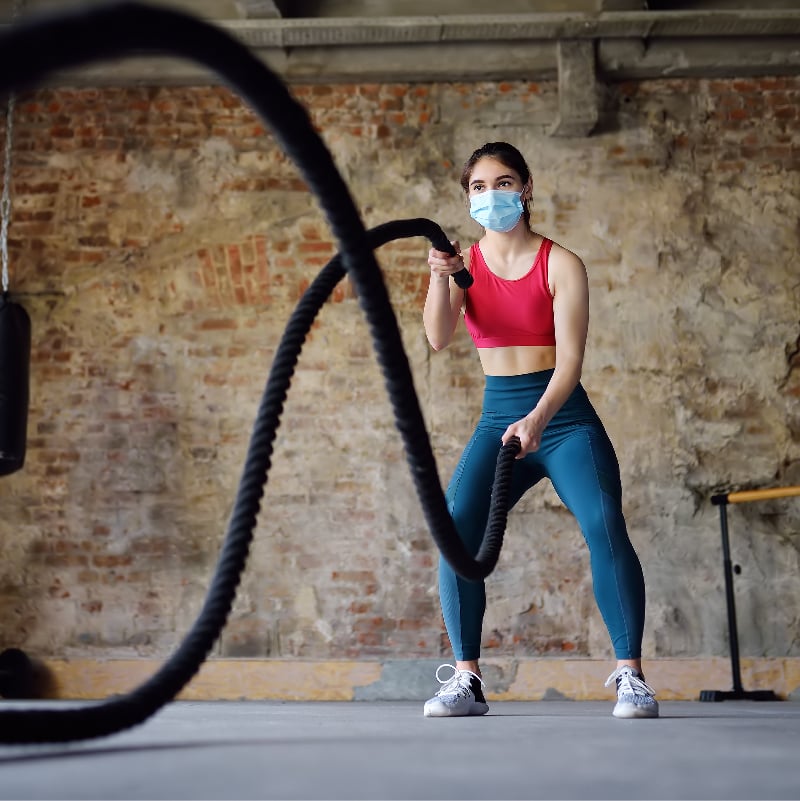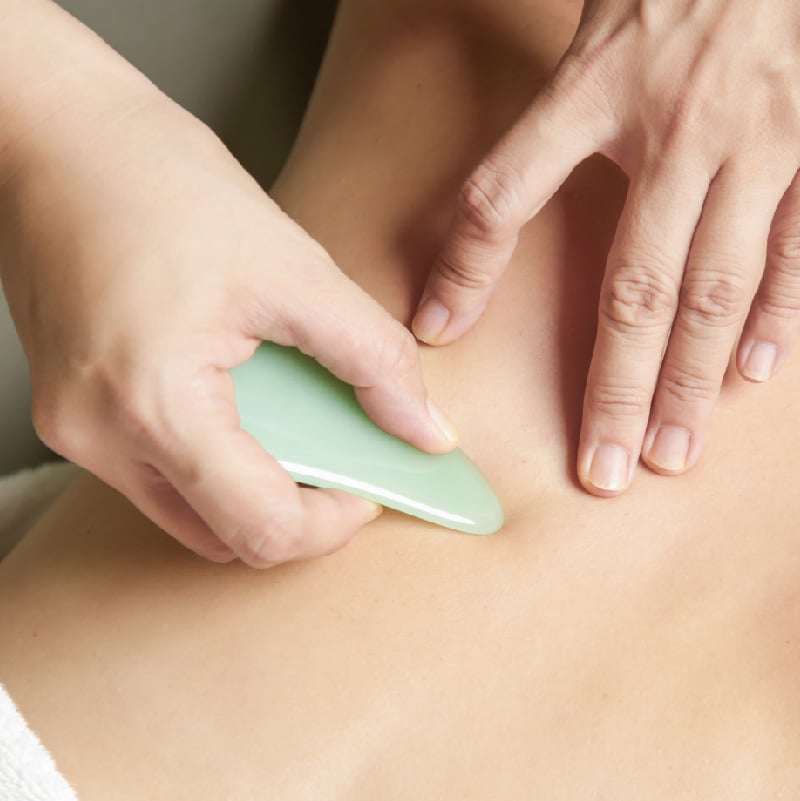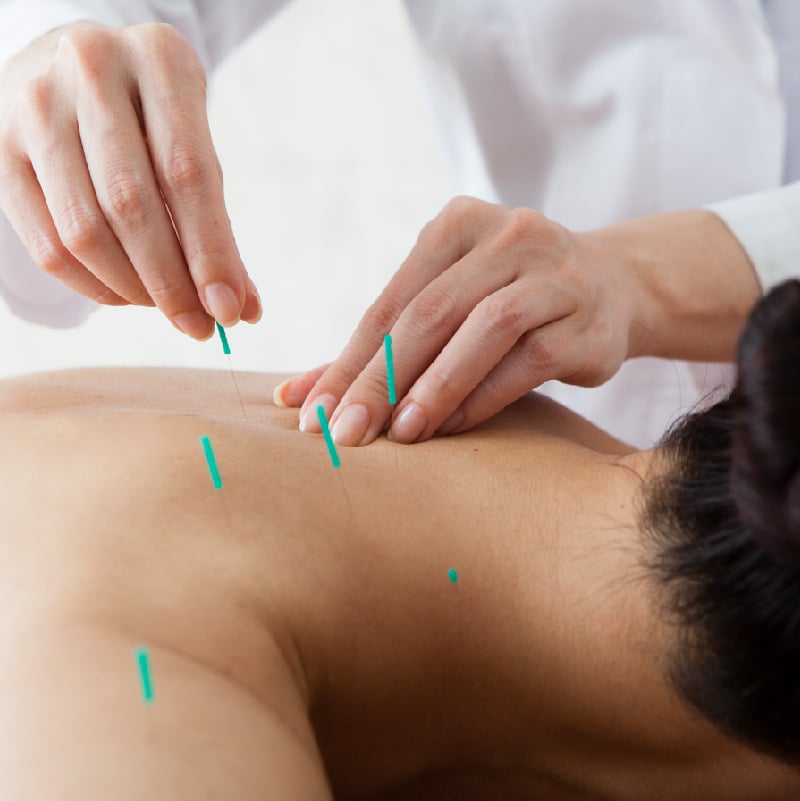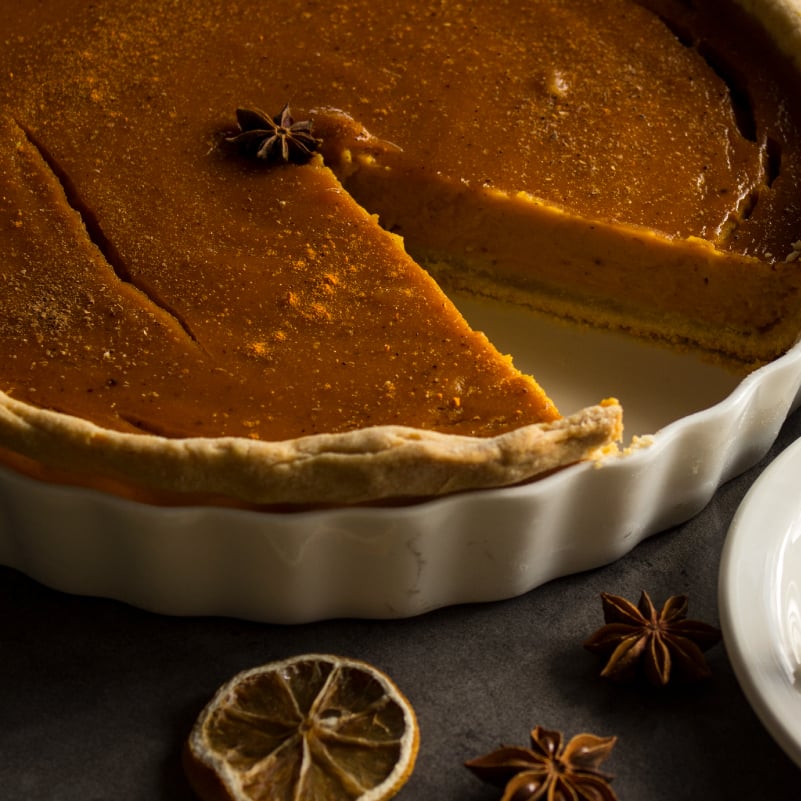The late summer and early fall months are prime weather for people who enjoy running. From fundraiser 5Ks to longer runs with a group, it can be a great way to get a workout in and keep your body in good shape.
Some runners may experience pain in their legs or hips, which can sideline them for a couple days – or sometimes longer. Proper stretching and strength training can help to prevent injury and premature fatigue, and increase athletic performance
Eric Amschler, a certified athletic trainer who works with Rochester Regional Health, suggests some stretches and strength exercises.
Dynamic warm-up stretches
Warm-up stretches can help to loosen up the muscles before a longer period of exercising. Instead of a static stretch while standing still, Amschler suggests dynamic stretches that get more muscle groups moving.
“Dynamic stretching increases our heart rate, respiratory rate, and the viscosity of the joint fluids,” Amschler said. “It prepares the body more for what you’re going to be doing.”
A few examples of dynamic stretches include:
Forward leg swing
Description: Standing parallel to a wall, lean against the wall and swing your left leg up to a 90-degree angle, then back slightly behind your right foot. Repeat the swinging motion until you are ready to switch legs.
Frequency: 10 times on each side
Muscle groups: Legs, core, hamstrings
Lateral leg swing
Description: Standing perpendicular to a wall, lean against the wall and sweep the right foot in front of the left like a clock pendulum. Switch sides and repeat the swinging motion with the opposite foot.
Frequency: 10 times on each side
Muscle groups: Legs, core, hips, and back
Figure Four
Description: Bring your left ankle up and place it on your right knee so your legs form a figure four. Slowly lower your hips then raise back up – keeping your balance the entire time.
Frequency: 10 times
Muscle groups: Quads, glutes, calves
Knee Tuck
Description: Step forward and bring your knee up level with your hip, then loosely grab your knee and pull gently upward. At the same time you pull upward, push up slightly with your opposite foot. Repeat with the opposite leg.
Frequency: 10 times on each side
Muscle groups: Calves, hamstrings
Russian Walk
Description: Drive your left foot up while standing on your right foot and touch your toes as your leg forms a 90-degree angle.
Frequency: 10 -12 times for each leg
Muscle groups: Hamstrings, calves
Glute Kicks
Description: Drive your heel back and touch your buttocks while running slowly forward.
Frequency: 8-10 times for each foot
Muscle groups: Quads, hip flexors
Step and Reach
Description: Bring your left foot forward, plant your heel in the ground with your toes pointing up, and reach down with both arms fully extended. Switch to the opposite foot.
Frequency: 6 times for each foot
Muscle groups: Calves, postural support
Teacup Stretch
Description: Drive your heel back and grab your ankle, then lean forward slightly. Hold the position for 2-3 seconds.
Frequency: 8-10 times with each leg
Muscle groups: Quads
Grapevine
Description: Do side steps back and forth within a six-yard span. Sweep your left foot back and your right foot forward
Frequency: 5-6 times end to end
Muscle groups: Quads, hamstrings
“Research has shown that dynamic stretching is much more functional and better because if you do too much static stretching, that actually decreases your speed and your power component. So it decreases your performance as a runner,” Amschler said.
Strength training
To continue to build the muscles needed for running, strength training can be a good practice to bring into your training regimen.
Amschler suggests doing training twice a week to ensure your body is using different muscles and not overusing one specific group of muscles.
“For exercises, it’s not so much going into the weight room and doing the leg press, etc.,” Amschler said. “You can do that. However, I think a functional strength program for the runner that targets stability, mobility, strength and power will be beneficial and it’s basically the requirements of the running sport and it will help performance.”
“When you’re recruiting all the muscles in the chain, you’re going to be able to run faster and it’s going to be with less effort,” Amschler said.
These are a few exercises that focus on strength, balance, and alignment.
Planks:
Description: Lower your body into a pushup position and lay your forearms flat so you form a 90-degree angle with your arms. Place your feet slightly apart and push up on your toes, feeling a pull in your ab muscles.
Frequency: Hold that position for 30 seconds and repeat 5-10 times. Adjust how long you are holding it as you build strength.
Muscle groups: Abs, pectorals, deltoids, triceps, biceps, quadriceps, lower body glutes
Abdominal/oblique Crunches
Description: Lie on your back and bring your knees up while keeping your feet flat. Place your right hand on your left shoulder, slowly sit up and touch your right knee with your left hand. Sit back down
Frequency: 10 times
Muscle groups: Abs, obliques
Push-ups
Description: Place your hands directly under your shoulders with your stomach parallel to the ground and your back flat. Lower yourself to the ground while keeping your back flat, then raising yourself up
Frequency: 15-20 times
Muscle groups: Core, posture
Russian Twist:
Description: Sit on the ground with your legs directly in front of you and your knees pulled about halfway to your chest. Rotate your upper body and bring your elbows back and shoulder into your body.
Frequency: 10 times on each side
Muscle groups: Core, hips, and back
Forward Lunge:
Description: Hold your palms in front of you and step forward, keeping your knee in line with your first and second toe. Step back and repeat with the opposite foot.
Frequency: 4-6 times each leg
Muscle groups: Shoulders, core, quads, and hamstrings
Squats:
Description: Stand with your feet one shoulder width apart. Squat down, focusing on directing all of your weight through your heels.
Frequency: 4-6 times
Muscle groups: Abs, hips, back, and core
How quickly do you see results?
With dynamic stretching, some athletes can begin to see changes as soon as their first week. For strength and muscle development, it is more common to see results after approximately three weeks of consistent training. People should be able to run faster with less effort.
To see results, set a goal to do these stretches and strength training exercises about 2-3 times each week. Developing a regular schedule will help your body to respond better to how you are using your muscles.

